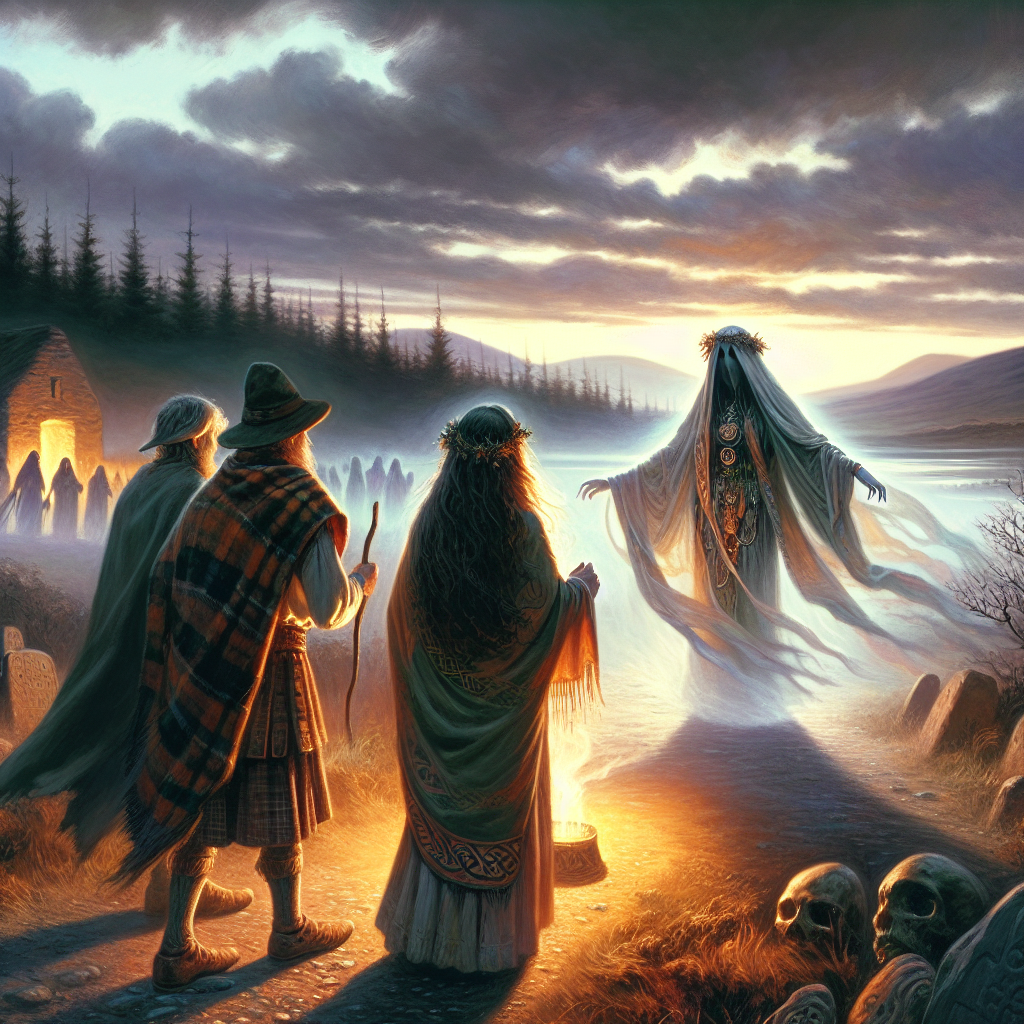
What is it?
All Hallows’ Eve, more commonly known as Halloween, has a multifaceted history that spans thousands of years and crosses numerous cultures. Its origins are deeply rooted in ancient traditions, evolving through the influence of religion, culture, and modern commercialization.
Ancient Celtic Traditions

The earliest known origins of Halloween can be traced back to the ancient Celts, who celebrated the festival of Samhain around October 31st. This festival marked the end of the harvest season and the beginning of winter, a time associated with death and darkness. The Celts believed that on the night of Samhain, the boundary between the living and the dead became blurred. It was a time when the spirits of the deceased could return to earth, and the Celts feared that these spirits might bring mischief or misfortune.
To appease these wandering spirits, the Celts lit large bonfires and offered sacrifices, including crops and animals. They would also don costumes made of animal skins and heads to disguise themselves from the spirits, hoping to avoid their wrath. This belief in the supernatural and the importance of honoring the dead formed the foundation of many of Halloween’s contemporary traditions.
The Roman Influence
As the Roman Empire expanded into Celtic territories, they brought with them their own traditions. Two Roman festivals, Feralia, which commemorated the dead, and Pomona, the goddess of fruit and trees, began to influence Samhain. The merging of these traditions created a richer tapestry of customs surrounding the time of year, further incorporating themes of honoring the deceased and celebrating the harvest.
The Rise of Christianity

With the spread of Christianity in the 8th century, church leaders sought to replace pagan festivals with Christian observances. In 731 AD, Pope Gregory III established November 1 as All Saints’ Day, a day to honor all saints and martyrs. The night before became known as All Hallows’ Eve, which later evolved into “Halloween.”
This transition was not merely a replacement; it was a strategic move to Christianize existing pagan practices. The concept of honoring saints and the dead became intertwined with the earlier customs, and the evening prior to this solemn holiday retained its spooky associations.
Medieval and Renaissance Traditions
By the Middle Ages, Halloween had transformed into a blend of both Christian and pagan practices. People began to engage in “guising” or “mumming,” where they would dress in costumes and perform skits or songs in exchange for food. This practice resembled the earlier Celtic traditions of wearing disguises to avoid recognition by spirits.
In some regions, a custom known as souling emerged, where children would go door-to-door, offering prayers for the dead in exchange for soul cakes—small, sweet pastries. This practice not only honored the deceased but also reinforced community ties and the spirit of charity.
The American Adaptation

Halloween made its way to America with the influx of European immigrants in the 19th century, particularly the Irish fleeing the Great Famine in the 1840s. They brought with them their Halloween customs, which gradually blended with existing American traditions.
In the early 20th century, Halloween began to evolve into a more community-centered holiday, marked by parades and town celebrations. The emphasis shifted from its eerie roots to fun and festivities, appealing to families and children. The tradition of trick-or-treating gained popularity in the 1950s, fueled by the post-war baby boom and the commercialization of the holiday. This marked a significant departure from its earlier, more somber associations.
Modern Halloween
Today, Halloween is celebrated in numerous ways across the globe. In the United States, it has become a multi-billion dollar industry, with elaborate decorations, costumes, and themed events. The emphasis on costumes and trick-or-treating has created a fun, festive atmosphere, often overshadowing its deeper historical roots.
In other cultures, similar celebrations occur. For instance, Día de los Muertos in Mexico honors deceased loved ones with vibrant celebrations, blending elements of indigenous traditions and Catholicism. This highlights the universal theme of remembering and honoring those who have passed away.
Conclusion
All Hallows’ Eve is a rich tapestry of history, culture, and tradition, reflecting humanity’s enduring fascination with life, death, and the supernatural. While its origins are steeped in ancient rituals and beliefs, Halloween has transformed into a holiday that invites both celebration and reflection. It serves as a reminder of our shared past, the power of community, and the ways in which we honor those who came before us, making it a truly unique and multifaceted occasion in the modern world.

